May 21, 2025 | 07:39 GMT +7
May 21, 2025 | 07:39 GMT +7
Hotline: 0913.378.918
May 21, 2025 | 07:39 GMT +7
Hotline: 0913.378.918

Vietnam has great room to develop marine farming. Photo: TL.
On October 4, 2021, in Decision 1664/QD-TTg, Deputy Prime Minister Le Van Thanh signed for approval the Project on Development of marine farming to 2030 with vision to 2045.
The project defines specific goals: By 2025, there will be an area of 280,000 hectares for marine farming, the total cage volumes will be 10 million cubic meters, export turnover will be US$ 0.8 to 1.0 billion. By 2030, export turnover will be US$ 1.8 to 2.0 billion.
The defined vision to 2045 is that the sector of marine farming will reach an advanced level and have modern management methods. By that time, marine farming will become an important sector of the seafood industry, contribute over 25% of the total output with the export value of over US$ 4 billion.
The contents and tasks of the project are to develop synchronously the infrastructure system for marine farming; review and assess the current status of the infrastructure system and the needs to upgrade to serve the development of marine farming as a basis for production investment; invest synchronously modernly the technical infrastructure for the development of offshore marine farming, including essential infrastructure items in the seed production area, marine farming, supporting industry for marine farming, automatic marine farming environment monitoring system, etc; establish multi-function logistics service fleets serving marine farming to transport seeds, feed, and to harvest, preliminarily process and preserve post-harvest products.
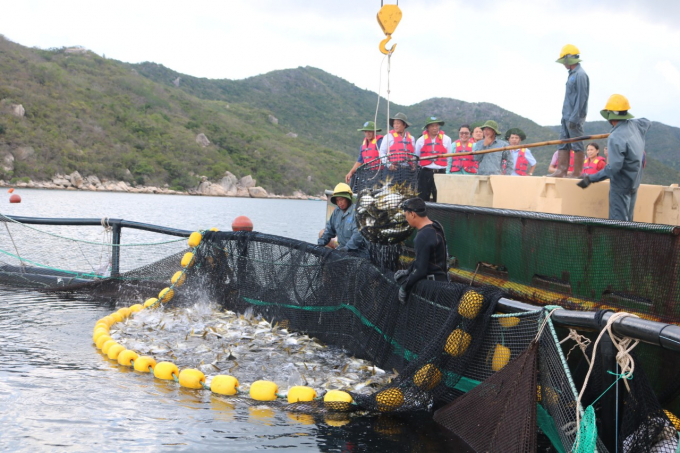
The project clarifies building areas of Hai Phong and Quang Ninh will become a center for marine farming, associated with a large fishery center. Photo: TL.
Regarding the development of nearshore marine farming, priorities should be given to the development of aquaculture of competitive advantages and marketable products, such as: Marine fish; group Crustacea; group mollusk; group of seaweed and algae; ornamental creatures and other economic valuable marine farming objects.
The project promotes applying industrial farming methods, giving priority to the development of multi-species farming models suitable for each ecological region and environmental capacity, associated with resources protection and development, and co-management in intertidal areas, lagoons, and coastal mangrove forests.
Regarding the provinces from Quang Ninh to Ninh Binh, the project clarifies: Continue to build the Hai Phong - Quang Ninh area into a center for marine farming, associated with a large fishery center; focus on developing marine farming in the provinces in association with marine conservation and national tourism; build concentrated mollusk seed production areas to meet the demand for mollusk seed for the region and the whole country.
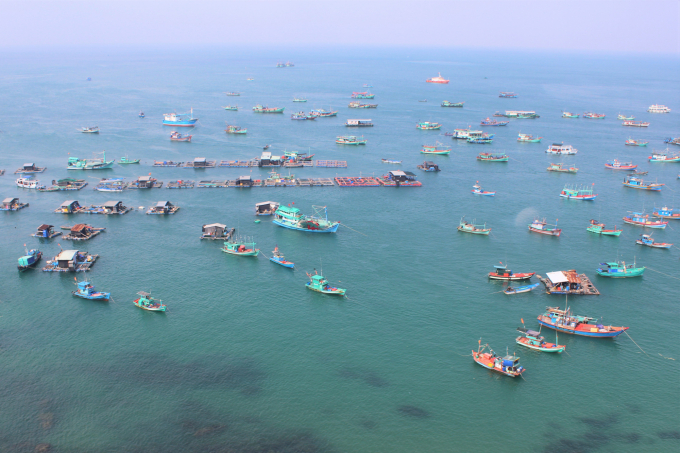
The project on Development of marine farming to 2030 with vision to 2045 is an important basis for exploiting the great potential of marine farming in Vietnam. Photo: TL.
Regarding the provinces from Thanh Hoa to Binh Thuan, the project clarifies:Develop marine farming in association with seafood processing, logistics services, and infrastructure for development of fisheries sector; promote marine farming in favorable conditions provinces; promote concentrated producing marine fish, seaweed, algae, and ornamental creatures; build and operate co-management modelin managing and exploiting lobster varieties efficiency and sustainably.
Regarding the provinces from Ba Ria - Vung Tau to Kien Giang, the project clarifies: Focus on building and developing marine farming in favorable conditions provinces; harmonize marine farming with marine eco-tourism and services, oil and gas sector, wind power sector; harmonize the development of marine farmingwith processing industry.
Regarding the development of offshore marine farming, the project clarifies the determination to strongly develop marine farming species of competitive and marketable advantages, high economic value marine fishes, group mollusk, and other high economic value aquaculture groups.
The project promotes development of the models of industrial, modern, large-scale, food safety, protecting the ecological environment, adapting to climate change; using a system of cages and rafts with structures and materials suitable for each cultured species, resistant to weather fluctuations (big waves, high winds, storms).
The project determines to build offshore marine farming in key provinces, such as Quang Ninh, Hai Phong, Quang Ngai, Phu Yen, Khanh Hoa, Ninh Thuan, Binh Thuan, Ba Ria - Vung Tau, Ca Mau, Kien Giang and some other locations with favorable natural conditions.
Translated by Khanh Linh
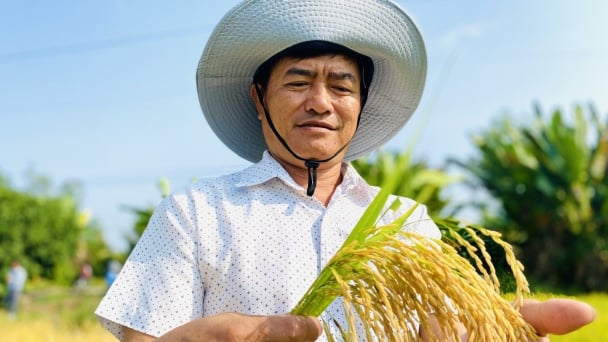
(VAN) Dong Thap farmers attained an average profit margin of 64% during the summer-autumn 2024 crop (first season), while An Giang and Kien Giang farmers followed with 56% and 54%, respectively.
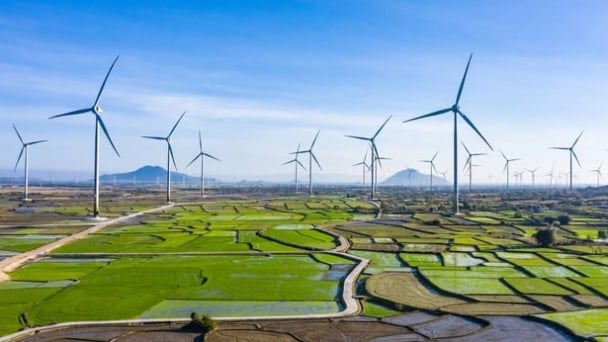
(VAN) As a doctoral student doing research on renewable energy and electrification at Harvard University, the author shares his musings on electricity, nature, and countryside memories.
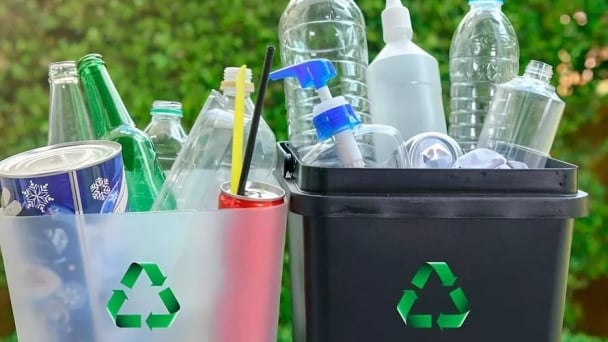
(VAN) The decree on Extended Producer Responsibility (EPR) ensures transparent management and disbursement of support funds, avoiding the creation of a “give-and-take” mechanism.
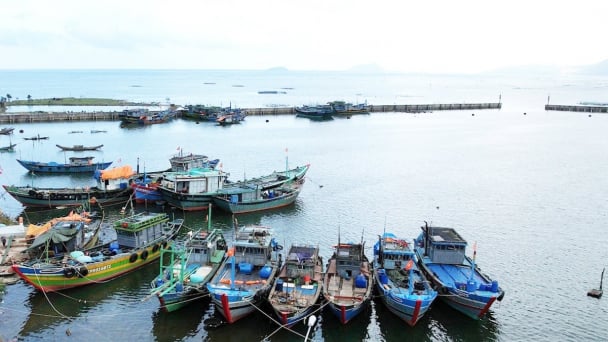
(VAN) Hue City rigorously enforces regulations regarding marine fishing and resource exploitation, with a particular emphasis on the monitoring of fishing vessels to prevent illegal, unreported, and unregulated (IUU) fishing.
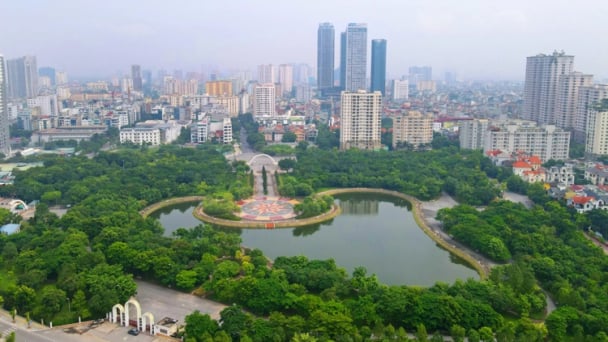
(VAN) Hanoi People's Committee has issued a plan on reducing greenhouse gas emissions in the waste management sector with 2030 vision.
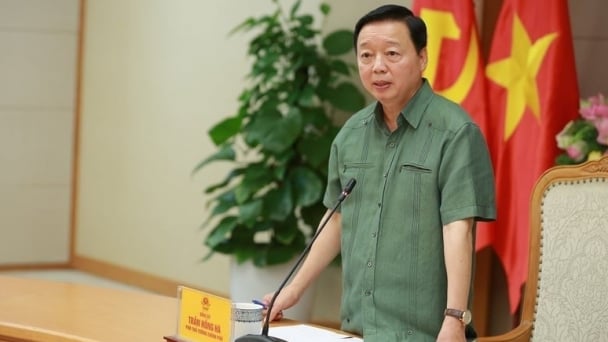
(VAN) Vietnam's draft amendment to Decree No. 156 proposes a mechanism for medicinal herb farming under forest canopies, linking economic development to population retention and the sustainable protection and development of forests.
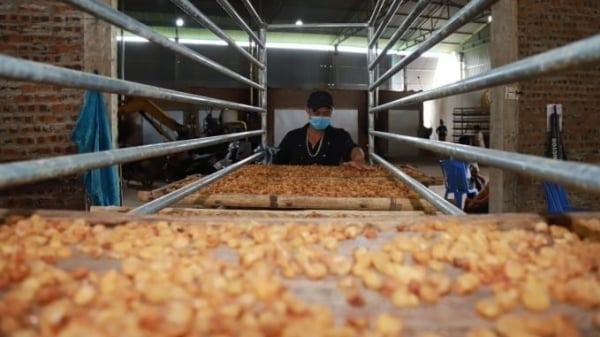
(VAN) In reality, many craft village models combined with tourism in Son La have proven effective, bringing significant economic benefits to rural communities.